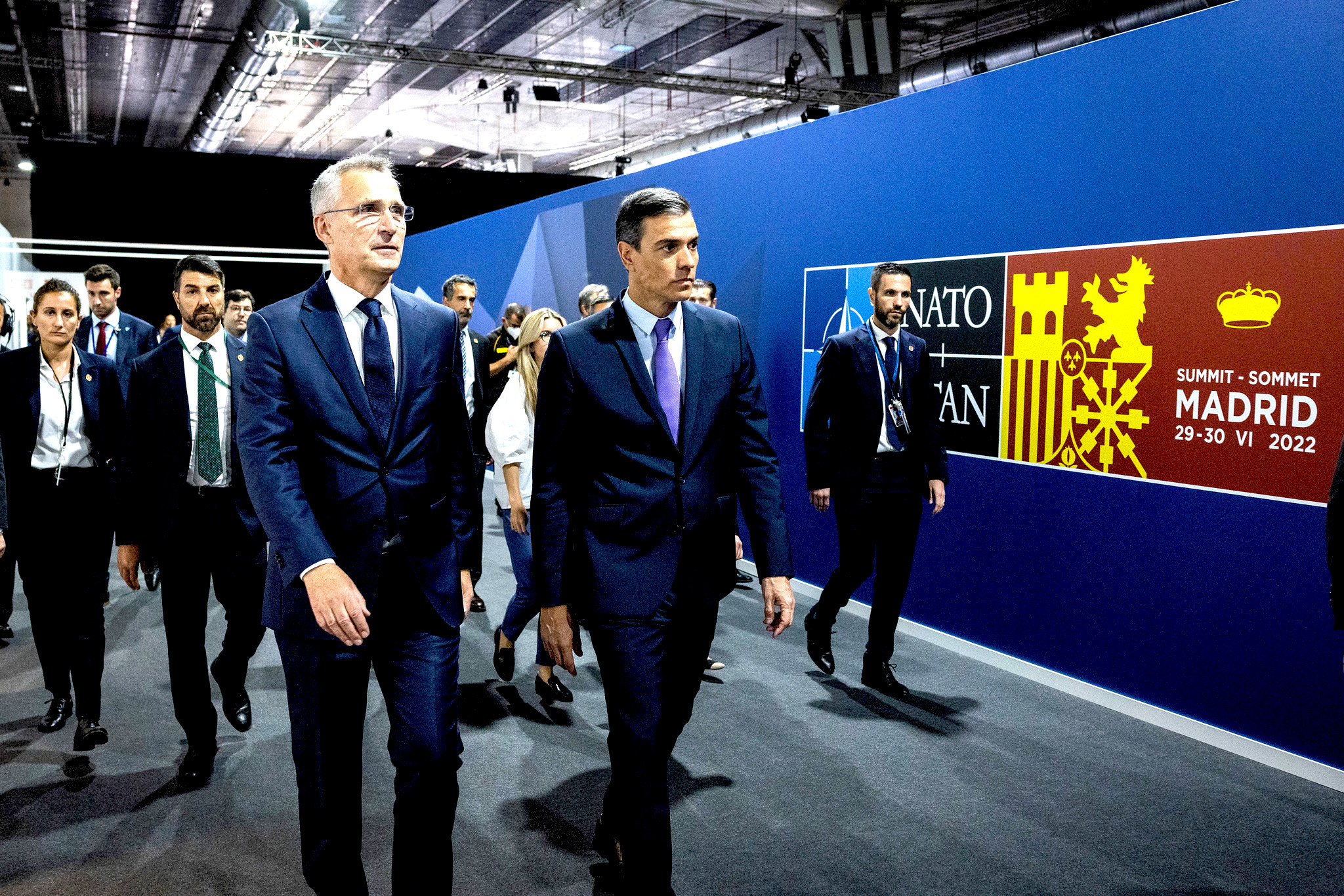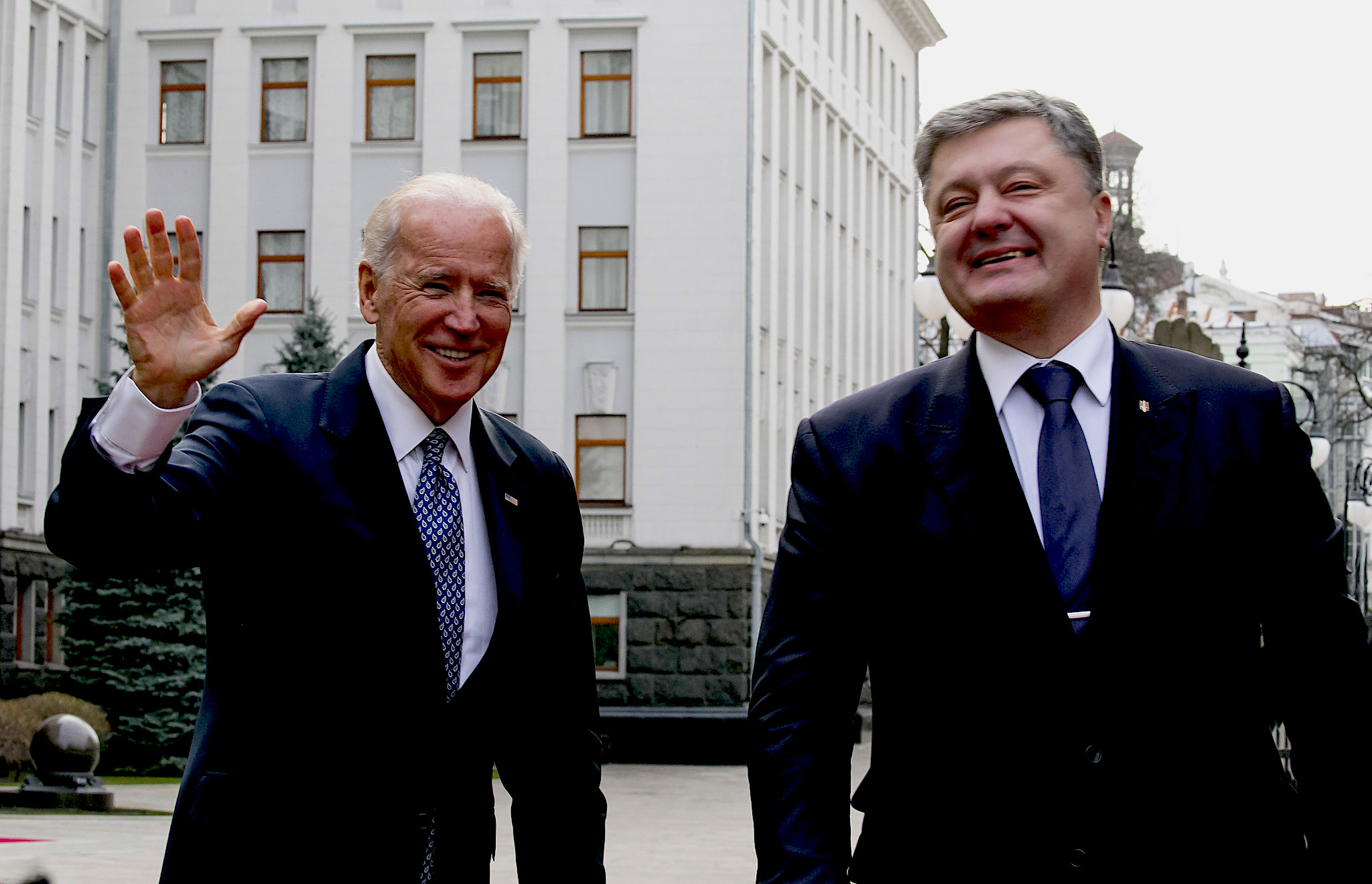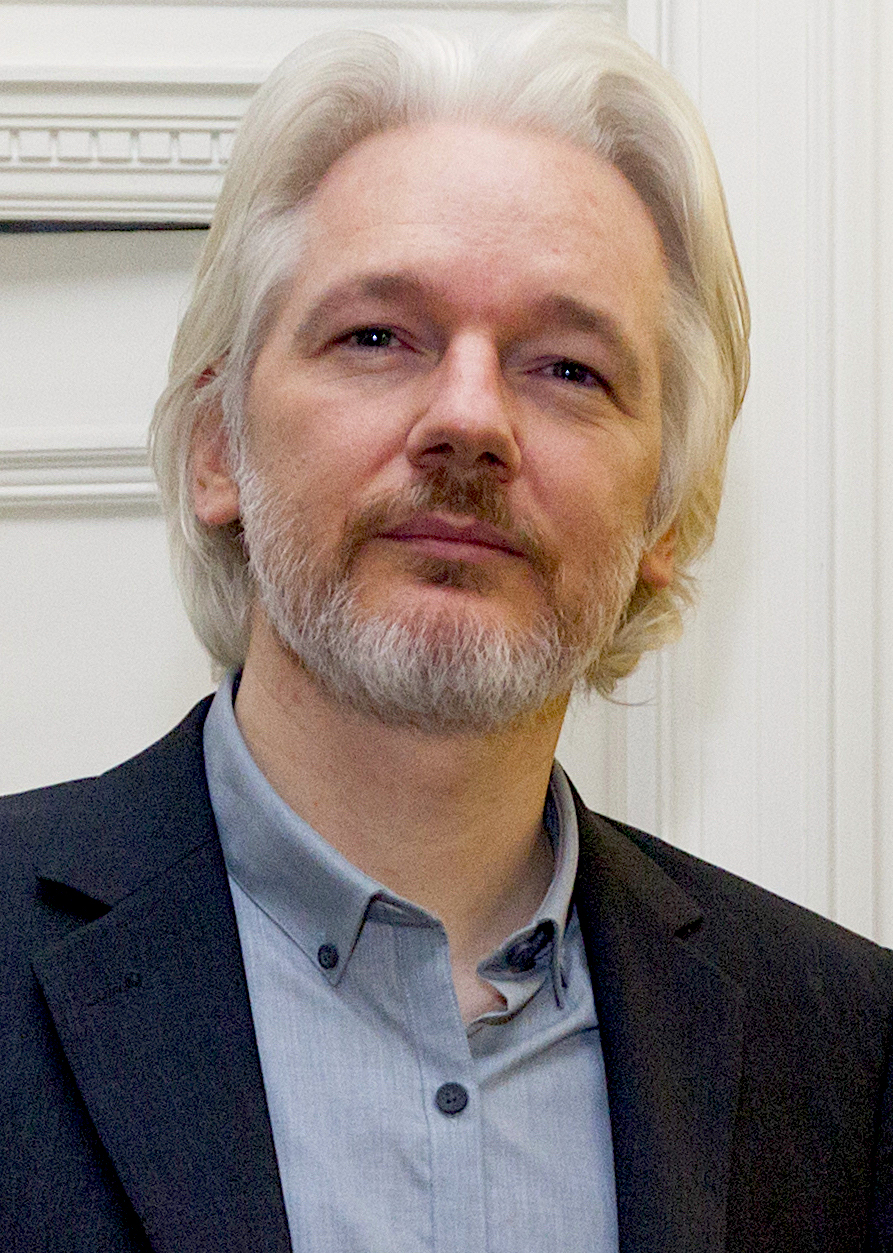By MK Bhadrakumar, Consortium News, 1/19/24
After stunning missile and drone strikes on three countries — Syria, Iraq and Pakistan — over a period of 24 hours, Tehran then took the extraordinary step of claiming responsibility for the attacks.
This conveyed a very big message to Washington that its stratagem of creating a coalition of terror groups in the region surrounding Iran will be resolutely countered.
That the U.S. strategy against Iran was taking new forms began emerging after the Oct. 7 attack on Israel and the consequent erosion of its standing as the regional supremo.
The China-brokered Iran-Saudi rapprochement and the induction of Iran, Saudi Arabia, the U.A.E. and Egypt into BRICS put U.S. strategists in panic mode. (See my analysis “US embarks on proxy war against Iran,” on Nov. 20, 2023.)
There were already signs by the latter half of 2023 that the U.S.-Israeli axis was planning to use terrorism as the only viable means to weaken Iran and restore the regional balance in favour of Tel Aviv.
That is critically important for Washington’s prioritisation of the Asia-Pacific while it continues to need to control the oil-rich Middle East. Indeed, a conventional war with Iran is no longer feasible for the U.S., as it risks the potential destruction of Israel.
Future historians are sure to study, analyse and arrive at sober conclusions as regards the attacks on Israel by Palestinian resistance groups on Oct. 7.
In classic military doctrine, they were quintessentially a pre-emptive strike by resistance groups before the U.S.-Israeli juggernaut of terrorist groups — such as ISIS and Mujahideen-e-Khalq — turned into a rival platform matching the Axis of Resistance.

Iranians celebrate the Al Aqsa Flood attack by Hamas on Oct. 7, 2023. (Ahamadreza Madah, Wikimedia Commons, CC BY 4.0)
Tehran is cognisant of the urgent necessity to carve out strategic depth before the wolves close in. It has been pressing Moscow to expedite a bilateral strategic pact but Russians, unsurprisingly, took time over it.
One key agenda item during President Ebrahim Raisi’s “working visit” to Moscow on Dec. 7 to meet with President Vladimir Putin was finalising the pact.
On Monday, finally, the Russian Defence Ministry disclosed in a rare statement that Defence Minister Sergey Shoigu had called his Iranian counterpart Mohammad-Reza Ashtiani to convey that Moscow has agreed to sign the pact. The MoD statement stated:
“Both sides stressed their commitment to the fundamental principles of the Russian-Iranian relations, including unconditional respect for each other’s sovereignty and territorial integrity, which will be confirmed in the major intergovernmental treaty between Russia and Iran as this document is being finalised already.”
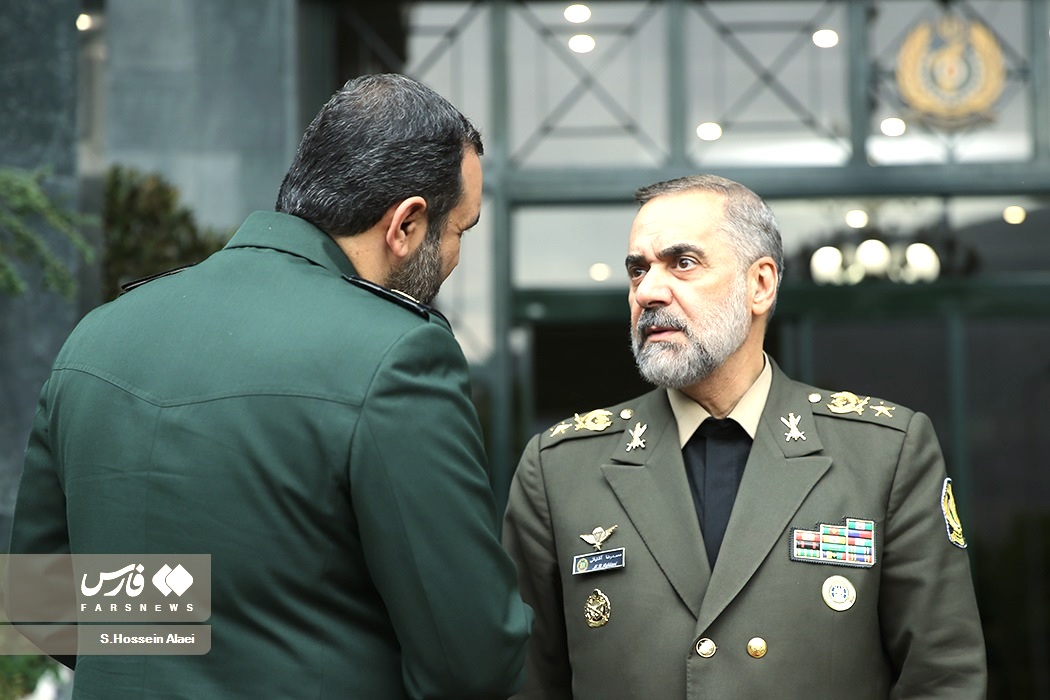
Iran’s Ashtiani, on right, in May 2023. (Fars Media Corporation, Wikimedia Commons, CC BY 4.0)
According to Iranian news agency IRNA, Shoigu conveyed that Russia’s commitment to Iran’s sovereignty and territorial integrity will be explicitly stated in the pact.
The report added that “the two ministers also pointed out the importance of issues related to regional security and emphasised that Moscow and Tehran will continue their joint efforts in establishing a multipolar world order and negating the unilateralism of the United States.” [Emphasis added.]
On Wednesday, Maria Zakharova, spokeswoman for the Russian Foreign Ministry, told reporters in Moscow that the new treaty would consolidate the strategic partnership between Russia and Iran and cover the full range of their ties. “This document is not just timely, but also overdue,” said Zakharova.
“Since the signing of the current treaty, the international context has changed and relations between the two countries are experiencing an unprecedented upswing,” she said. Zakharova added that the new treaty was expected to be signed during an upcoming contact between the two presidents.
Separately, Kremlin spokesman Dmitry Peskov was quoted by the TASS state news agency as saying that an exact date for a meeting between Putin and Raisi is to be determined. Clearly, something of profound significance to the geopolitics of the Middle East is happening in front of our eyes.
A New Milieu
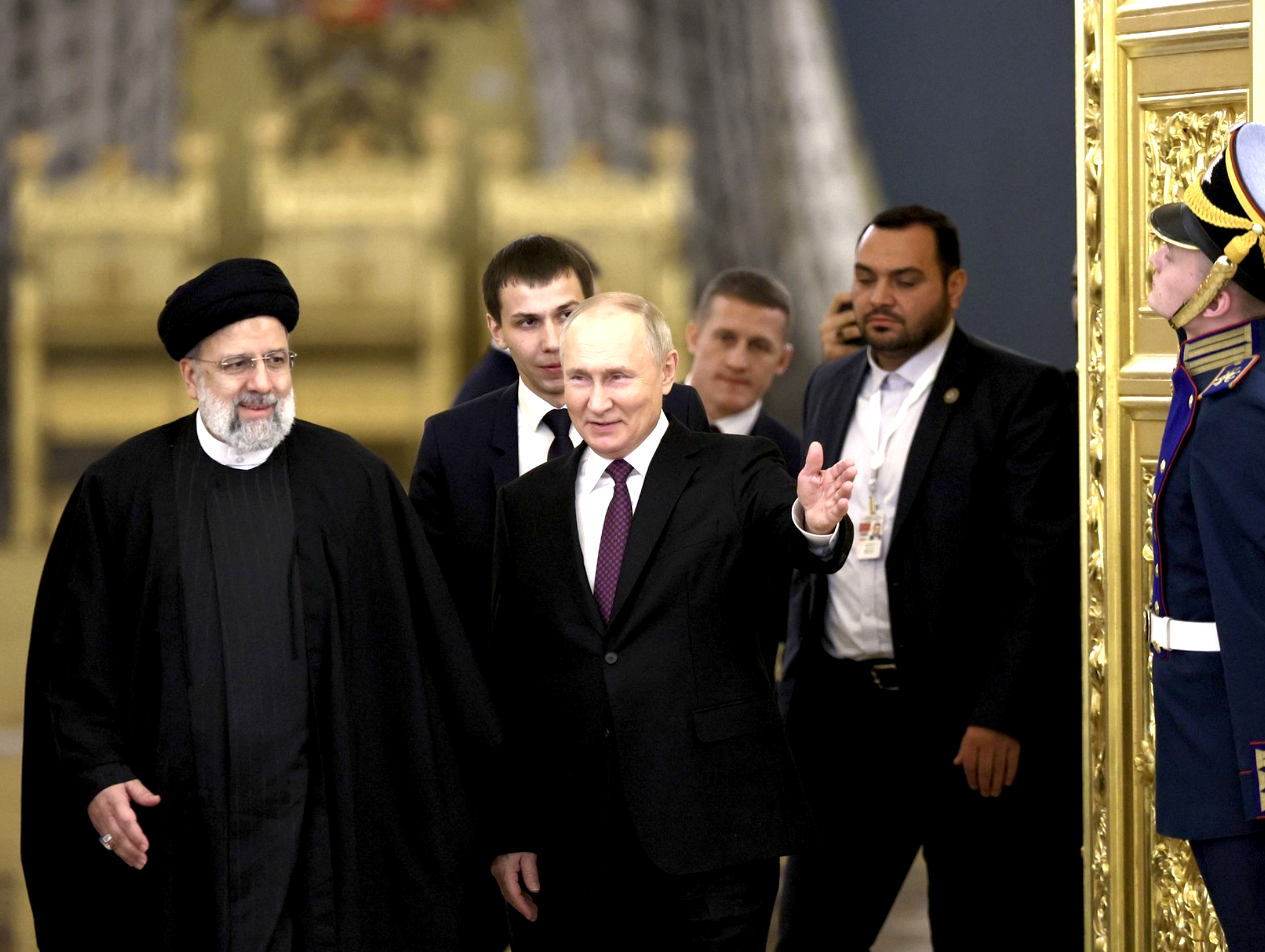
Raisi with Putin in Moscow on Dec. 7, 2023. (Sergei Bobylev, TASS)
Iran’s missile and drone strikes against terrorist targets on Wednesday are a vivid demonstration of its assertiveness to act in self-defence in the new regional and international milieu.
Iran’s so-called proxies — be it Hezbollah or Houthis — have reached adulthood with a mind of their own, who decide their own strategic positioning within the Axis of Resistance. They don’t require a life-support system from Tehran.
It may take some time for the Anglo-Saxon strategists to get used to this new reality, but eventually they will.
Clearly, it is an underestimation to regard Iran’s missile and drone strikes as merely counter-terrorist operations. Even with regard to the strike on Baluchistan, interestingly, it took place within a month of the weeklong trip to Washington in mid-December by Pakistan’s chief of army staff, Gen. Asim Munir.
Munir met senior U.S. officials, including Secretary of State Antony Blinken, Secretary of Defense Lloyd Austin, U.S. Forces Chairman of Joint Chiefs of Staff Gen. Charles Q. Brown and U.S. Deputy National Security Adviser Jonathan Finer — and, of course — the redoubtable Acting Deputy Secretary of State Victoria Nuland, the driving force behind the Biden administration’s neocon policies.
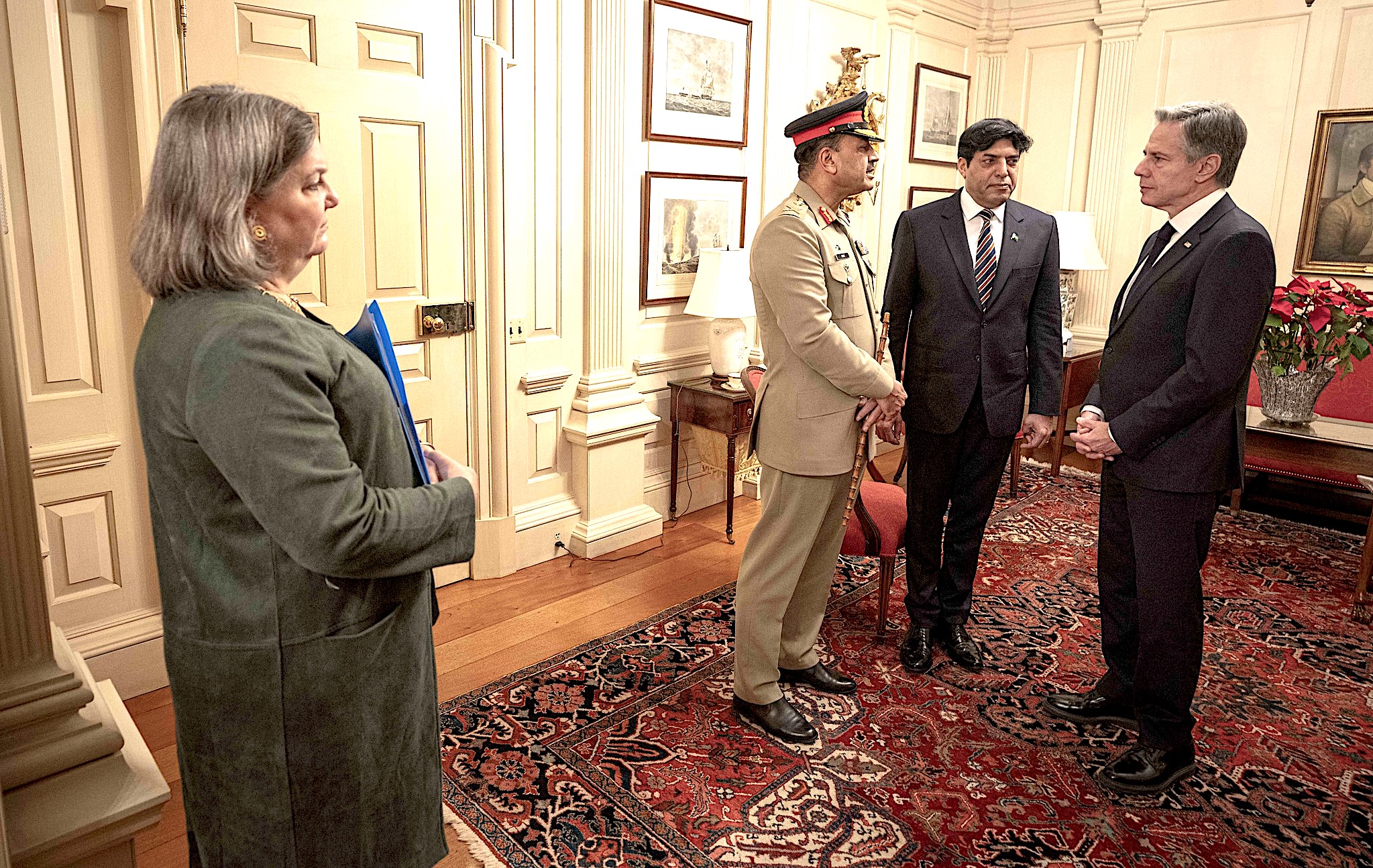
From left: Nuland, Munir and, on right, Blinken at the State Department in Washington on Dec. 14, 2023. (State Department, Freddie Everett)
An official statement in Islamabad Dec. 15 on Munir’s high-flying tour stated that Pakistan and the U.S. “intend to increase interactions” for “mutually beneficial” engagements. It said the two sides discussed the ongoing conflicts in the region and “agreed to increase interactions between Islamabad and Washington.”
The statement said,
“Matters of bilateral interests, global and regional security issues, and ongoing conflicts were discussed during the meetings. Both sides agreed to continue engagement for exploring potential avenues of bilateral collaboration in pursuit of shared interests.”
The statement added that during the meeting between the top defence officials of the two countries, “counter-terrorism cooperation and defence collaboration were identified as core areas of cooperation.”
On his part, Munir underscored the importance of “understanding each other’s perspectives” on regional security issues and developments affecting strategic stability in South Asia, according to the Pakistani statement.
Pakistan [which launched retaliatory strikes on Iran on Thursday] has an entire history of serving American interests in the region and the General Headquarters of the Pakistan Army in Rawalpindi has been the charioteer of such collaboration.
What is evident today is that the forthcoming elections in Pakistan did not discourage the Biden administration from rolling out the red carpet for Munir. But the good part is that both Iran and Pakistan are smart enough to know each other’s red lines.
U.S. intentions are clear: outflank Tehran in the west and east with failing states that are easy to manipulate. The hastily arranged meetings in Davos between U.S. National Security Advisor Jake Sullivan and top Iraq officials (here and here) in the downstream of the Iranian strikes underscored
- “the importance of (Kurdistan) resuming oil exports (to Israel) and Washington’s support for “the Kurdistan region’s strong partnership with the United States;”
- the importance of stopping attacks against U.S. personnel in Iraq and Syria;
- U.S. commitment to “enhancing security cooperation as part of a long-term, sustainable defence partnership;”
- U.S. support for Iraqi sovereignty; and,
- Biden’s invitation for Iraqi Prime Minister Mohammed Shyaa Sudani to visit the White House “soon.”
In a nutshell, Sullivan has voiced the U.S. intention to strengthen its presence in Iraq — and it has similar objectives to pursue in Pakistan too. Washington trusts Munir to ensure that Imran Khan languishes in jail no matter the outcome of the Pakistani elections.
[See: US Urged Ouster of Khan, Cable Shows]
This strategic realignment comes at a time when Afghanistan has conclusively slipped out of the Anglo-American orbit and Saudi Arabia shows no interest in being a cog in Washington’s wheel or dabbling with forces of extremism and terrorism.
M.K. Bhadrakumar is a former diplomat. He was India’s ambassador to Uzbekistan and Turkey. Views are personal.
This article originally appeared on Indian Punchline.
The views expressed are solely those of the author and may or may not reflect those of Consortium News.

